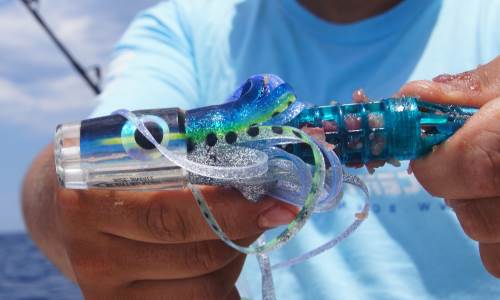It was said. 'Trolling is 99% boredom 1% chaos'
A lot has changed over the years in trolling for fish and it's no longer a theory, but truly a science!
So forget about the old ways and look into the science of trolling for big game fish. With modern research like using underwater video and GPS, we now have a better understanding of how to find and catch fish using the trolling method. So forget the old ways and start looking into the new age of trolling lures.
'IT comes down to Scented Trolling Lures.'
You don't need to be a computer programmer to understand that the smell of food will force behavioral change. Modern surface trolling lures use smell to attract fish. Also creating a scent trail to the back of the boat makes fish hone into the spread like a fly to crap. Scent Blazer skirted trolling lures are your best bet for more strikes due to the scent and the ability to rig for all condition.
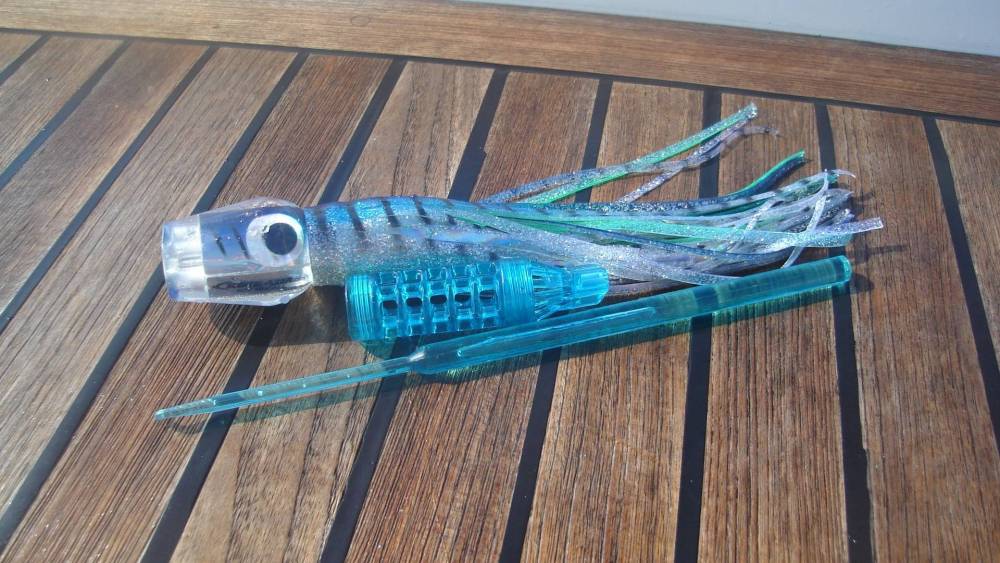
Trolling with Scent
One of the most important ways fish find food is through scent. Predators can also track down their pray by scent over very long distances. This is why trolling lures that use a bait chamber are a moden need in trolling. Also teasers that have a bait chamber are also needed to add large amounts of scent into the water. Most of us grew up catching fish adding chum/bait/burley to the water to attract fish to the hook. Now we can do it at sea when we are trolling, pulling a block of wood or chain of flickering plastic just will not cut it anymore.
When you troll with scented lures and teasers, you're laying a trail back to the boat. Billfish like Blue Marlin have a keen scene of smell and can track small baitfish from a long distance, so rigging with scented lures is a must for big game fish like billfish.
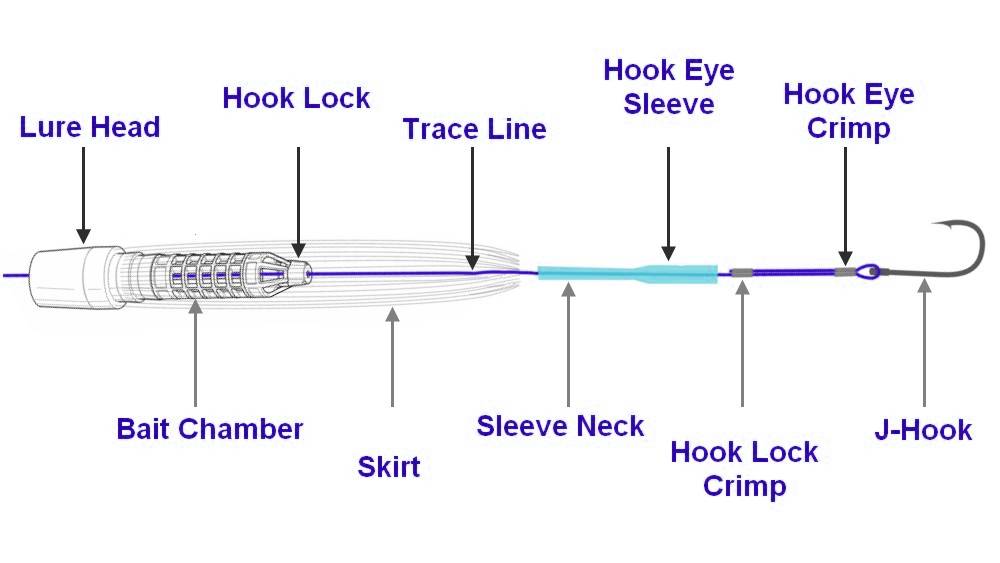
Adding Scent
The chamber on a trolling lure is easy to use. Below is a video example of adding bait to the chamber then hooking up with it. Note how you pack the bait in using the bait sticks butt end. Also the hook on the bait stick makes for easy remove.
Trolling Lures
Over time lures have been made from wood, metal, bone and now with formed plastic. Using Computer Aided Drawing (CAD) we can design lures that just work better. Choosing a lure for trolling is easy but it's not just a blob of plastic and a hook at the end of a line. These lures are now streamlined and purposely designed to scent the water and catch the fish.
Every lure angler knows it's how you present your lure to the fish. If it looks real and smells real it's a sure bet to the fish it is real! Modern lures are a combination of fish swimming action and live bait smell. So if you haven't used scented trolling lures we urge you to give it a go as all you are doing is missing out on catching more fish.
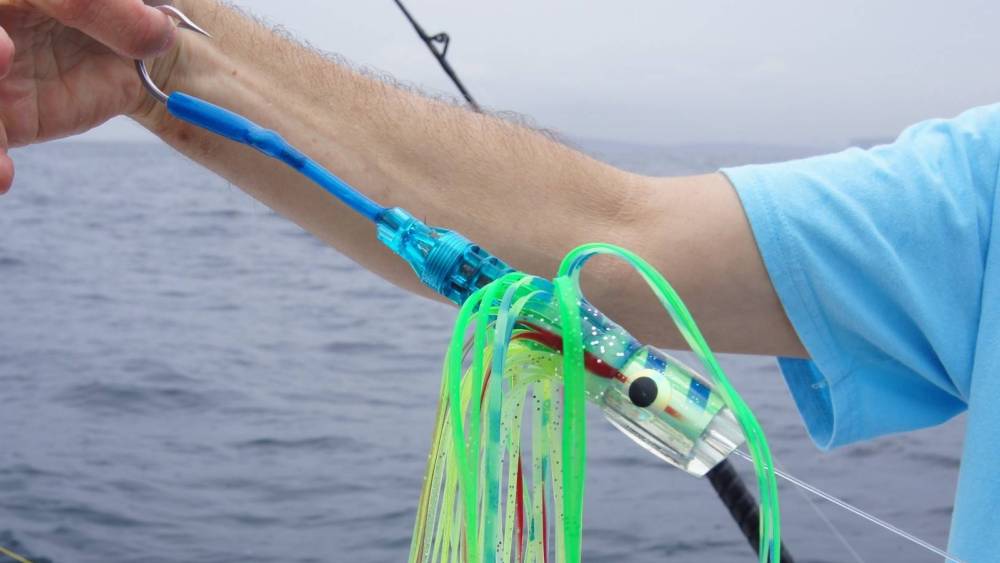
Lures Size
Size does not matter if you use scented lures. Below are two images of fish. The first one, the Marlin is taking a small lure and the second image, a small Mahi-Mahi/Dorado/Dolphinfish taking very large lure. This shows how scent in your lures will make fish strike no matter the size of the lure. The size of a trolling lure is more about where it is in your spread due to its weight. More is said about this below in "Types of Trolling Spreads".
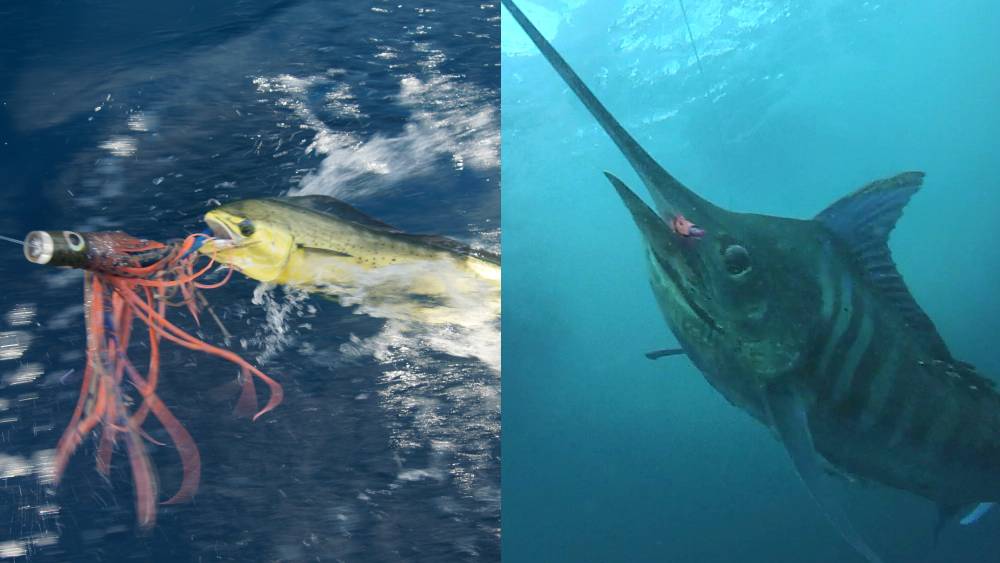
Lure Head Type
The shape of the head on a lure, determines the movement and overall action. Bullet head lures have a smooth swimming action that cut through the water and are best in the shotgun position. Pusher head lures have a "popping" and "light bubble" smoke trail. Where as "smoker" and "chugger heads", have large smokey bubbling trails. Slant head lures have a working cycle of diving and then breaking the surface with a splash very much like a jumping fish. Scoop slant lures also having a working cycle and shutter and vibrate from side to side which dive deeper leaving you with a trail of bubbles.
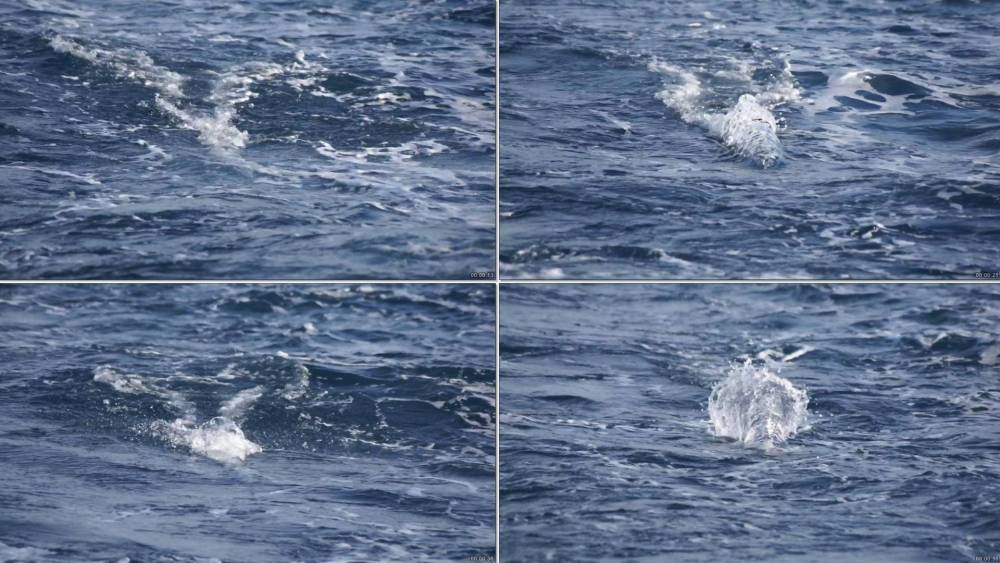
Must Have Rigging Sleeves
When rigging trolling lures it's a "must have" to use a rigging sleeve. One reason is to make the J trolling hook longer. This helps stop the fish from throwing the hook. Black Marlin are renowned for this head flicking action. It also keeps the hook in a fixed position and helps with a hookup to the top jaw. Also improves swimming action and the hook is in a fixed position linked via crimp to the hook lock.

Jet Head
All Scent Blazer skirted trolling lures are jet head lures. They all come with five holes in the head, and are positioned like so, one in the center and the other four on the outer side. These help with water flow through the lure so it can disperse bait behind the lure. This is also very useful for a rigging line off center as its action is like a wounded bait fish. These wholes can also be plugged if a jet head is not required, however this is not recommended.
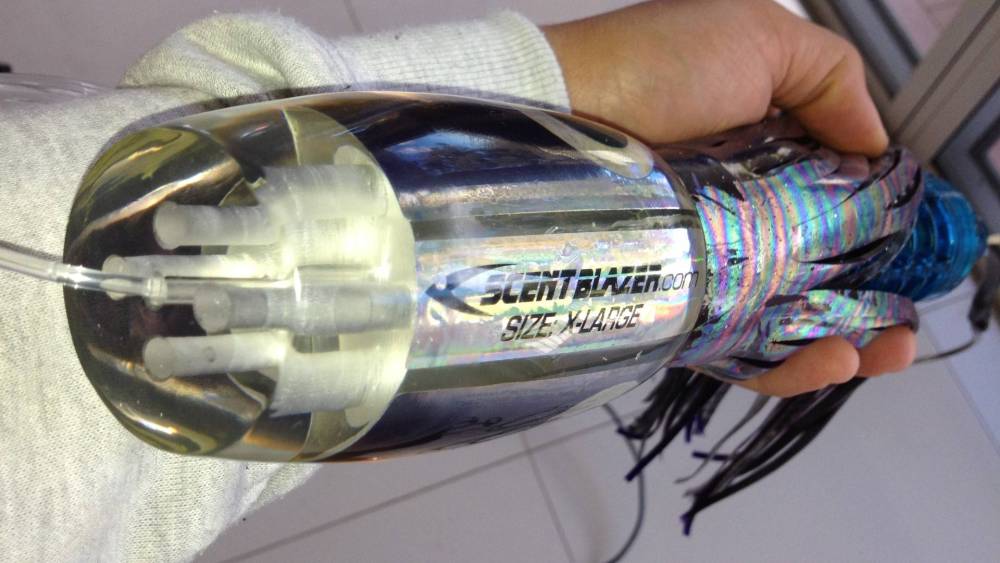
Lure Colour
Fish see colour underwater differently from the way humans perceive colour and classic lure colour pattern have always worked due to the fact they are based on real fish. Fish have colour vision recognition and can read the color wavelengths spectrums. So matching your lure skirt pattern to real looking bait is always a preferred option.

Lure Control
When you have a chamber added to a skirted trolling lure you can take advantages of this space. Bait scent is just one thing you can add to the chamber. Weight is another thing you can add to the chamber. You can add weight to the front and or the back of the lure. When you weight the back of the chamber you get the lure doing a little butt wiggle and vibration and we all know that this lure action is very helpful.
With chambers you can also add LED and glow lights used for trolling in low light and at night. Also beads and small sinkers can be added to make a rattle.
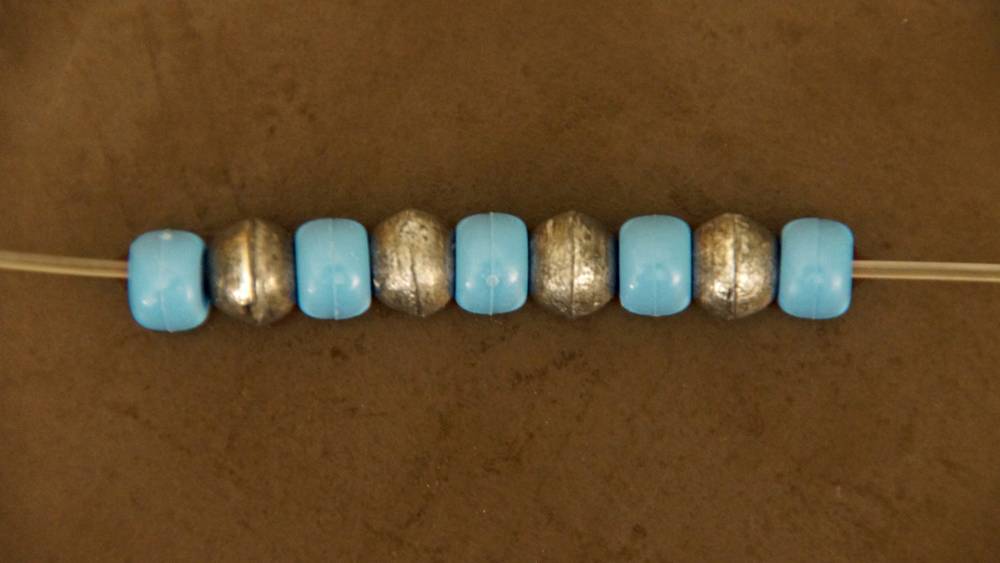
Trolling Scented Lure Chain
The advantages of trolling a chain of lures is that they are very attractive to pelagic fish like Mahi-Mahi and Tuna. For fish they look like a breakaway group of bait fish. And due to having more than one chamber can add more scent into the water.
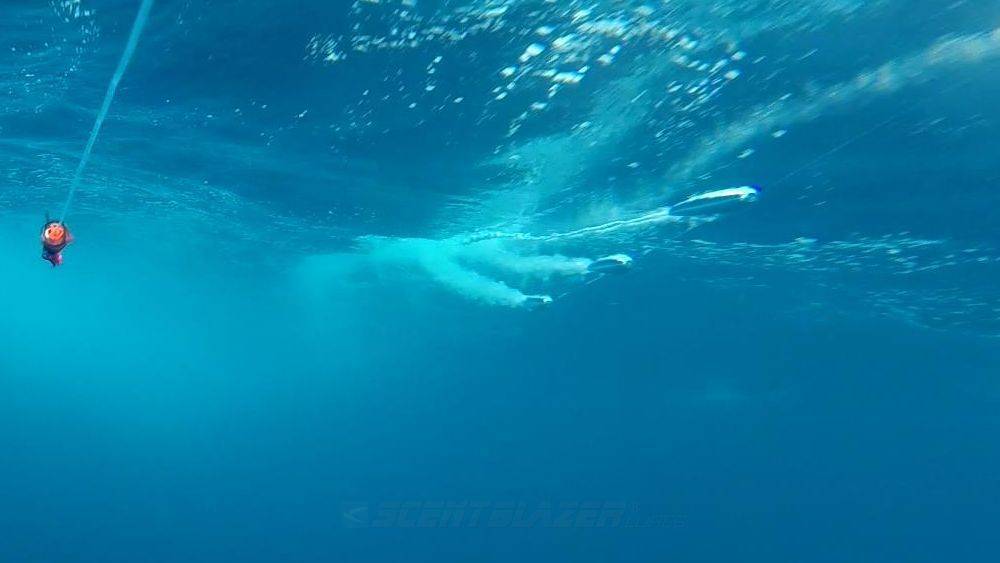
Trolling Spread
Below we have three types of trolling spreads. We'll look at a three (3) lure spread, classic five (5) lure spread then the full spread of eight (8) lures. The shotgun runs in the longest position in the spread. Way down the back where only the fly bridge has a good view. Then on the starboard flank we run our 'long rigger' and it's almost equal 'short rigger' on the port side. Moving to the boat we have our two corners, 'long corner' and the 'short corner'. Then we have the two flats, 'long flat' and 'short flat'. These are mainly used for scented teasers and down rigging with weighted lures.
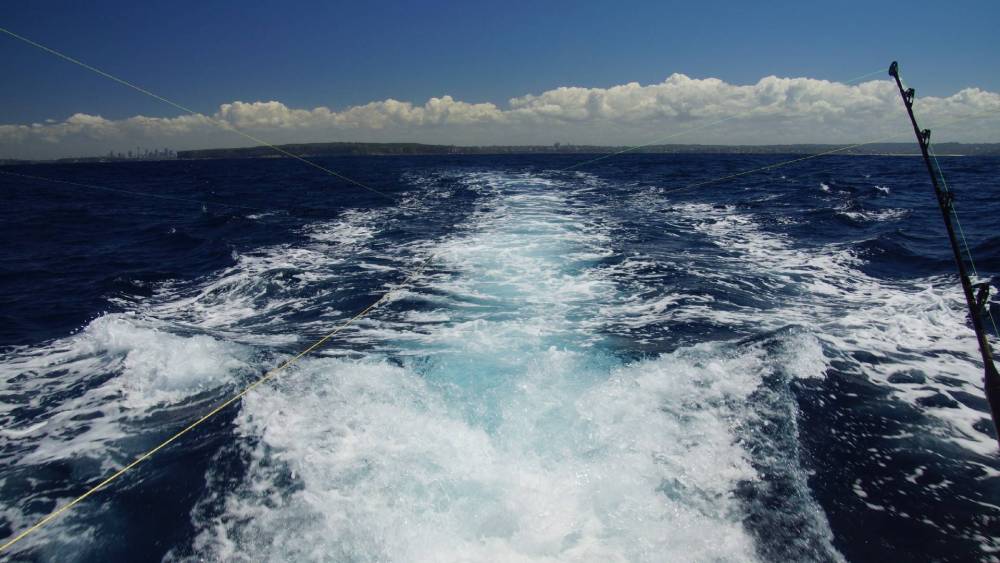
The Shotgun
In setting the spread this is the first lure we put out and the last to take in. It's also called the survey lure as it is used as a guide for the rest of the spread. From this one lure you can gage all conditions from setting your speed and direction. Also helps with understanding swell and wind direction.
There are two types of shotguns you can run, the first is the classic single barrel and the second is the double barrel normally weighed and run in front of the single barrel. A shotgun pole is used to keep the two apart and to reduce tangles. These two spots are good for very small boats with center rod racks and very large boat with experienced crews as part of a large spread like an eight lure trolling spread seen below.
One of the best lures to use in the shotgun position is a bullet head lure or bullet head chain of lures. Due to their lack of erratic swimming action. This help to reduce tangling lines and easy to deploy over a long distance. Also easer to retrieve through an active spread of popping lures and arctic boat wash.
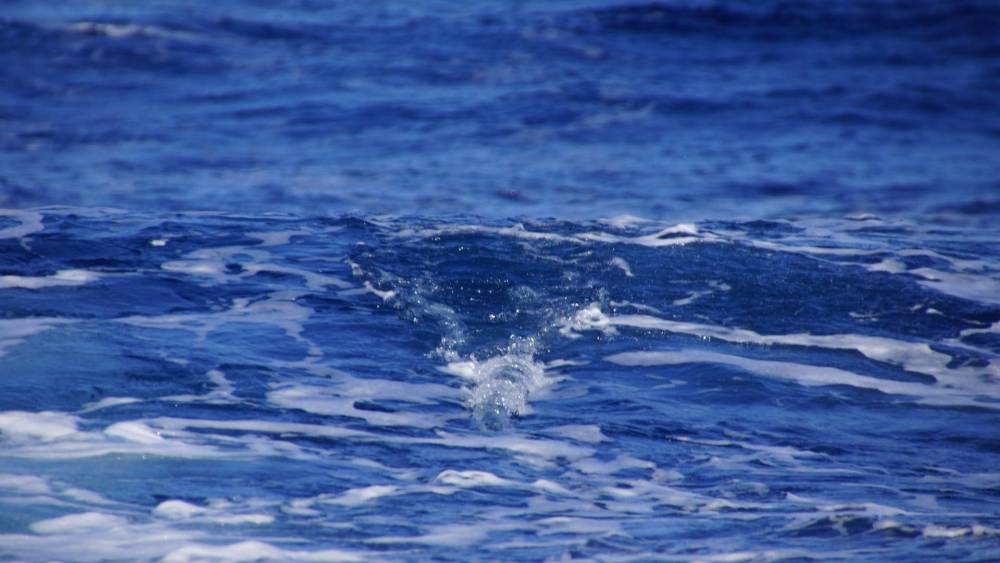
The Long Rigger
This is the second lure to put out in your spread after the shotgun. Its position is on the starboard side past the bubbles in the clear water. Out riggers are needed to deploy this lure and one of the best lures to use is a smoker head. As fish find it easy to see from looking up to the back of the boat. A clean long smoke trail will be visible as it's in clear water just outside the boat bubbles. Using a rubber band on the outrigger also helps with a light spring action to the lure. Smoker or chugger chained lures are also good in this position.

The Short Rigger
One of the port sided lures and the third lure you put out into the spread. This is also used on the out rigger and its position is in the clear water just past the bubble trail and shorter than the long rigger. We use a Scoop Slant head in this position with a rattle in the bait chamber. Because the lure will move around in the wash and due to its slant head will dive and wiggle. The rattle inside will make vibrations in the water like a wounded bait fish. This tracks fish to the bight and is a good way to attract Sailfish to the hook.

The Long Corner
Forth lure put out in the trolling spread. On the starboard side, set long just within the bubbles and the boat wash. Larger Pusher and slant head lures that are dark in color are good in this spot. As they are easy to see in whiteness of the boats bubble trail. Also having the slant head lure diving up and down through the bubbles makes it easier to see. Big billfish like Marlin and Wahoo like this spot as it is high in aerated water and are happy to take a lure at the back of the boat.
The Short Corner
The last lure to go in and first taken out in a classic trolling spread, is the short corner on the port side of the boat. As this spot in the spread gets a lot of prop wash it needs to be big, heavy and dark in colour like an 18inch or 45cm lure. Therefore we suggest using "A slat head", which will dive deep and move around in the bubbles. Black Marlin and Blue Marlin are known to be the best takers in this spot as they have little fear.
The Long Flat
This spot is on the starboard side at the back of the boat and can be used for lures or teasers. When using the long flat for lures, a weight is used to push the lure down in the water table and past the bubble tail left by the props. Another name for this is "down rigging". A chain of scented teasers can also run in this spot.
The Short Flat
Found on the port side of the boat the short flat is a lot like the long flat, however the difference is that you just run this lure short in the bubble wash. Keep in mind that turbulence is high in the white water just at the back of the boat, so a single teaser with a rattle and skirt tail is best. There's no problem for a down rigged lure on weight as it will be below the chaos and below the boat props.

Spread Types
Three Lure Trolling Spread
If you're new to trolling in blue water a basic "lure trolling setup" is a good place to start. Below in the diagram you will see a three lure trolling spread. This type of spread is easy for one person to manage with the shotgun lure down the back, then long corner and the short corner. This type of trolling spread is used by a lot by fishers because they have small boats and no outriggers. Sail boats also use this type of spread too as they don't have the width or the use of outriggers.
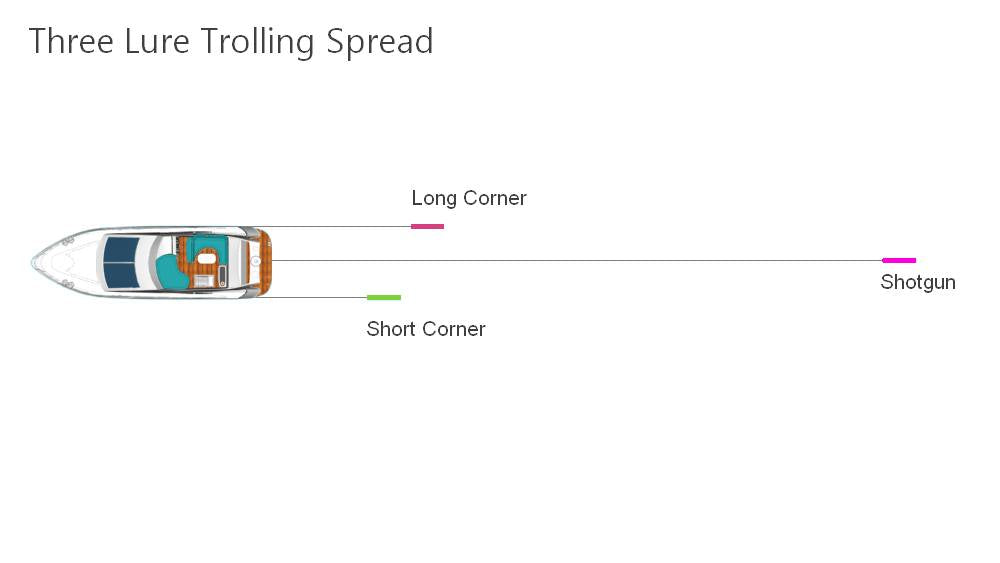
Five Lure Trolling Spread
"The old classic", is the spread that most sports fishers use. The five lures trolling spread are set out below in the diagram. The five spots are shotgun down the back, long rigger set out on the starboard side. Then add the short rigger on the port outrigger, then moving into the back of the boat with the long corner and the short corner. There is some general skill level needed to deploy this type of spread and two or more anglers are required.
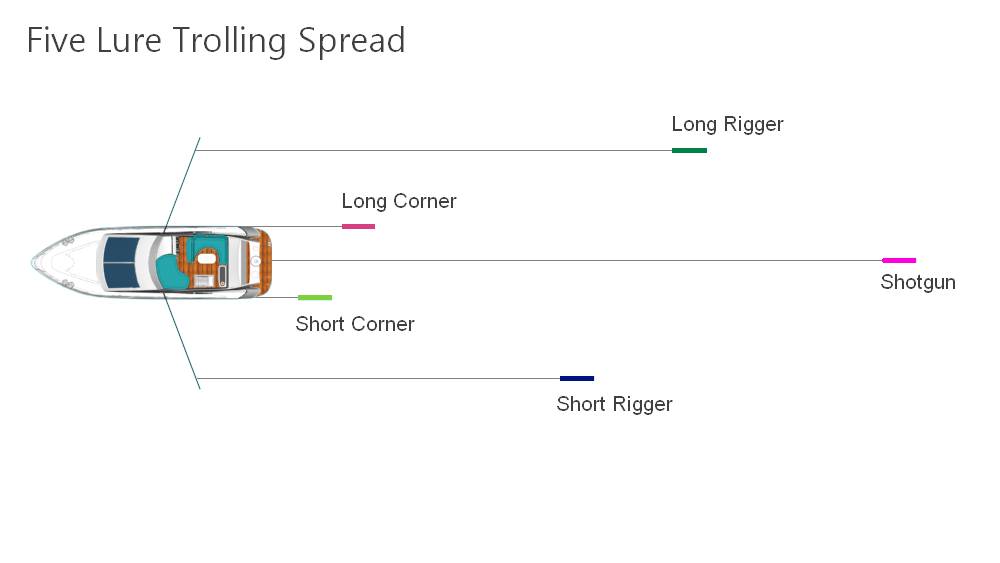
Eight Lure Trolling Spread
Danger, Danger, Danger: This is not for the trolling newbies. You need years of experience and a big boat to do this type of trolling. Eight lures out is no easy task. You need an experienced tight "crack team" crew and all hands on deck when you get a hookup. A lot like the five lure trolling spread with the addition of second shotgun called the double barrel rigged with weight so it's low in the water and two weighted down lures on the long flat and short flat this is called down rigging or a 3D spread.
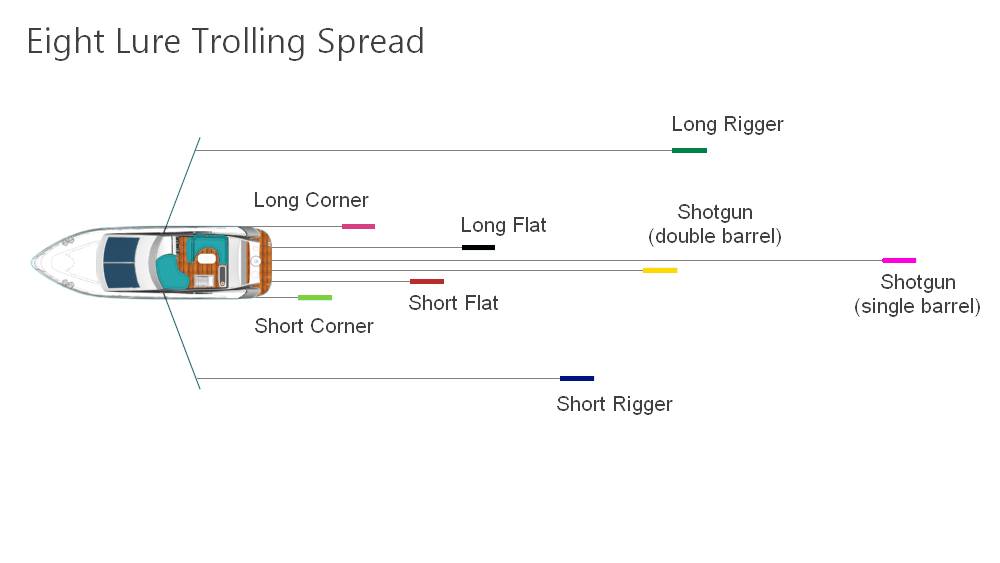
Spread Conditions
When trolling in wind and rougher wave conditions the spread need a little more care. You don't need a perfect day and flat water to go trolling. With Scent Blazers you can troll in many weather conditions due to the ability to control weight. When weighting trolling lures it reduce tangling lines. You can also add line weight and down rigging to keep the lure down in the water. In rough weather fish stay low under the waves and swell, so rigging for spread condition will help you catch fish in every weather condition.

Out Rigger Setup
If you are in a boat that has out rigger you're on a decent sports fishing boat. Without riggers you can get other lures out wide in the clear open water. Out riggers have release clips and a line drop back when hit. Rubber bands can also be used to add a bounce to the line as it moves through wave swell.
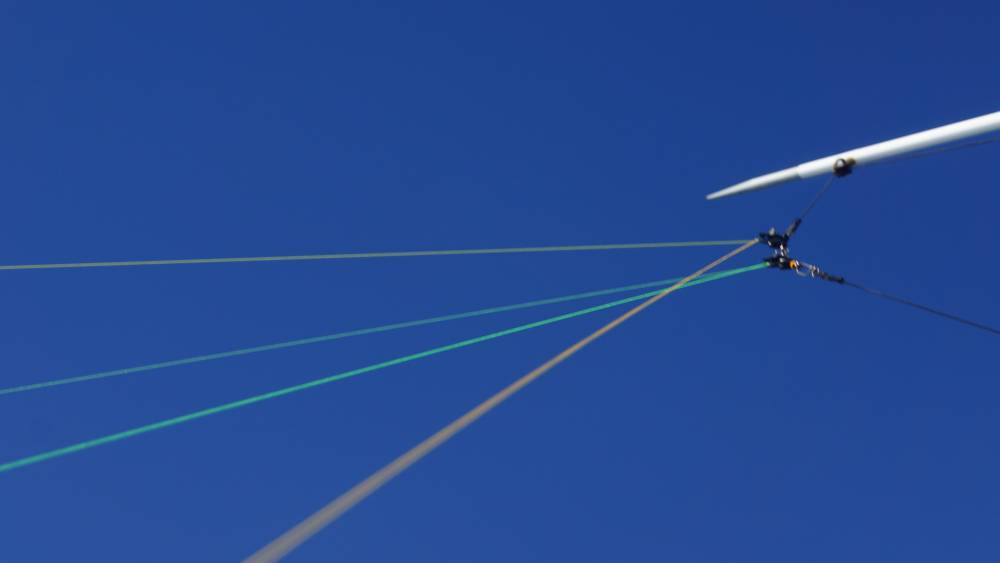
Trolling Wash
Trolling lures need prop wash as its part of the overall presentation. Helping with the movement and hiding the fact that they are fake fish. The turbulence in the white water and vibration allows the lure to look real to game fish.
When deploying your lures through the prop wash watch for how it behaves. Using the waves of prop wash and surface bubbles watch how the lure moves through the water. Every boat and trolling speed has a different wash. Sea conditions and upstream currents and downstream currents have an impact so setting the spread in every wash condition is different.
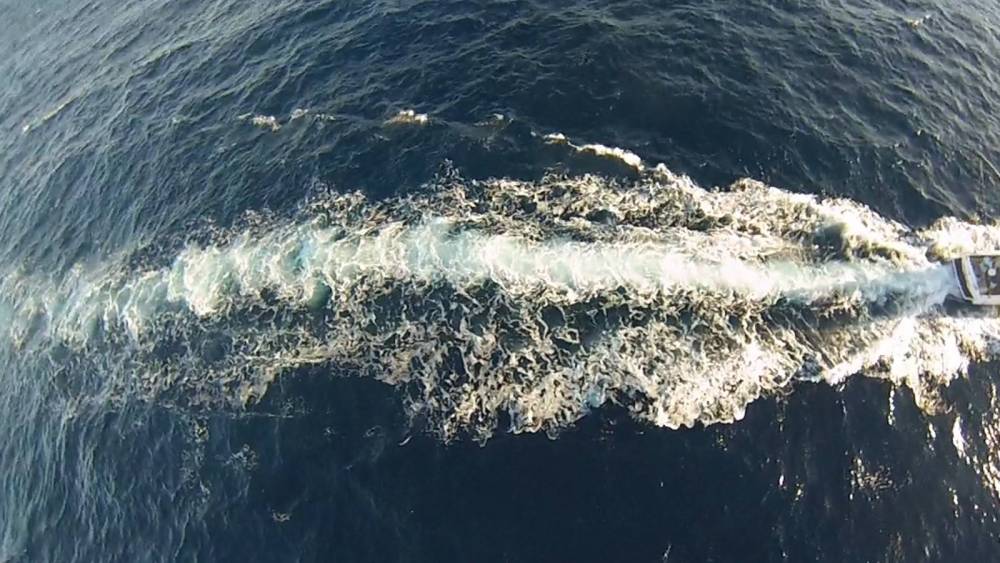
Tweaking the Spread
Every trolling spread needs to be fine tuned for performance. After you deploy the lures you need to watch for lure entry angle and surface blow out. "Blow out" is when the lure jumps out of the water and becomes fully air born. This can be fixed by changing entry angle, decreases speed or setting lure back further in the wash.
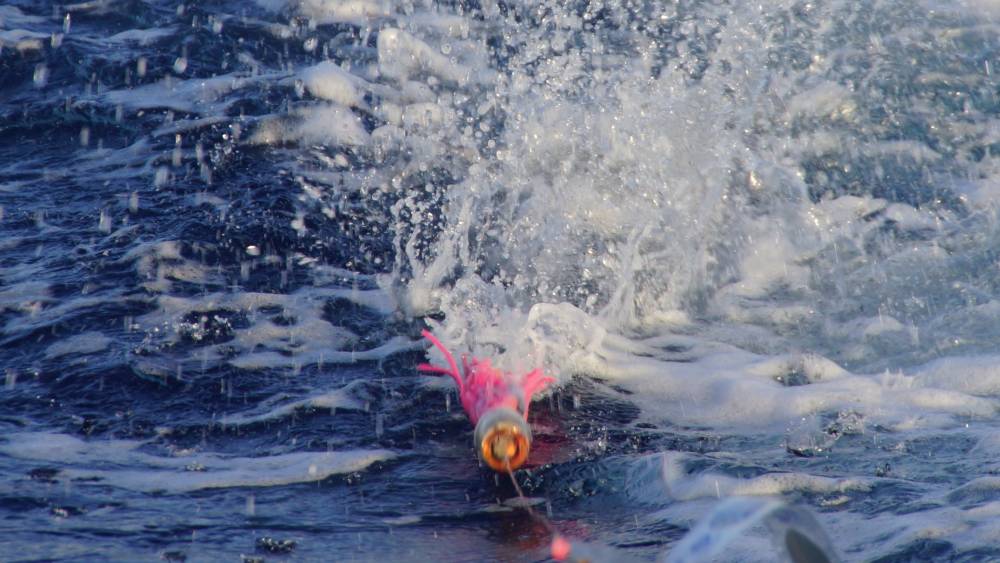
Once adjusted, it is best to position the lure for a clean swimming action through the pressure wave. Adjusting for aggressive movement and the best smoke trails. When changing boat speed or course the spread will need to be re-tuned. Watch for flip tangle, this is when the trolling lure flips and the hook gets stuck on the leader.
Also look down the line for line stretch or lack of it. If you see a bow in the line you will need more weight. A line weight is very helpful.
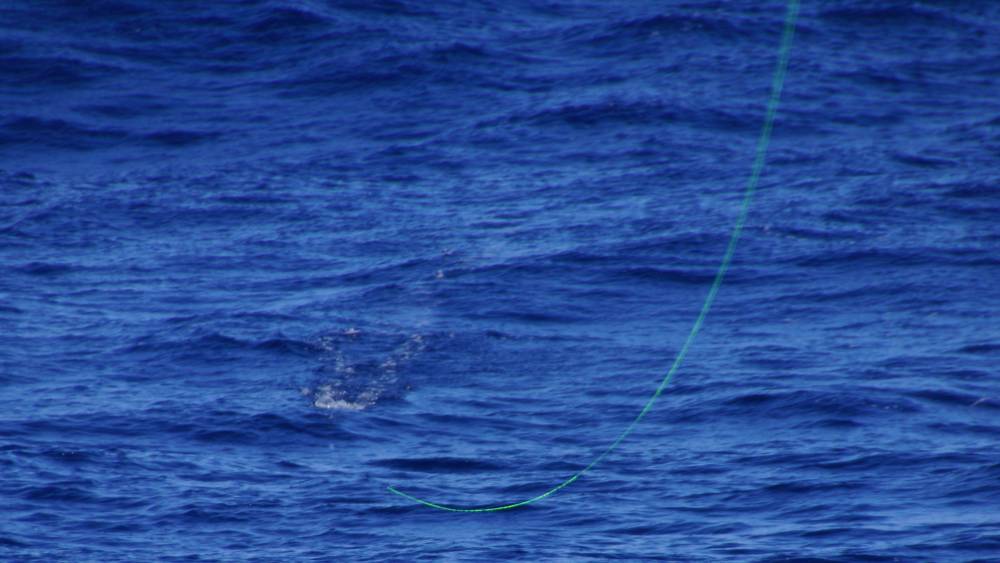
High Speed Trolling
To troll at a high speed you need good strong gear. Picking up the pace allows you to set a longer sent trail and cover more ground. Use less lures in your speed as it will reduce tangles. The three lure spread is best for high speed trolling. "Drag setting" should be set hard and speed is relative to sea conditions and boat type. Best lures to use a heavy weighted bullet head lures. Watch how they cut through the wash and avoid tangling by starting slow and then picking up the speed.
Trolling at Night
Night trolling and low light trolling is easy when you have a lure with a bait chamber. Just add LED lights and glow stick to the head of the trolling lure. When choosing lures for night fishing use ones with chamber and always add bait smell. Scent helps fish track down a food source when in no light or low light. Always best to add lights at dusk and dawn.
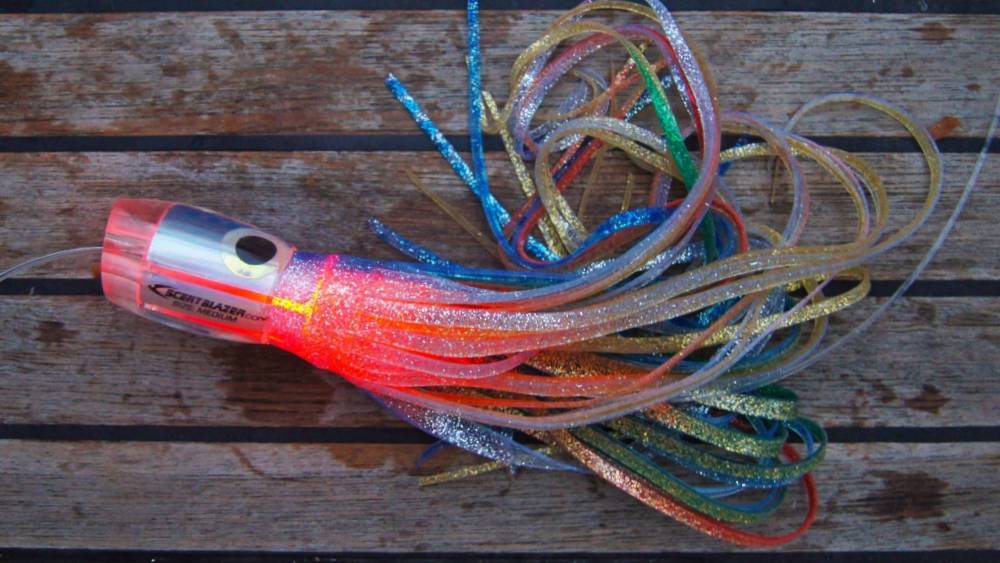
Trolling Teasers
Scent Blazer had designed one of the most powerful tools in modern game fishing and that is- The Scented Trolling Teaser. A teasers job is just that, to tease the fish and now we can add smell as well.
Chains of teasers full of fresh bait can be run on the long flat the short flat. We have also run them at the head of a trolling lure. The key is to getting that long scent trail back to your lure spread.
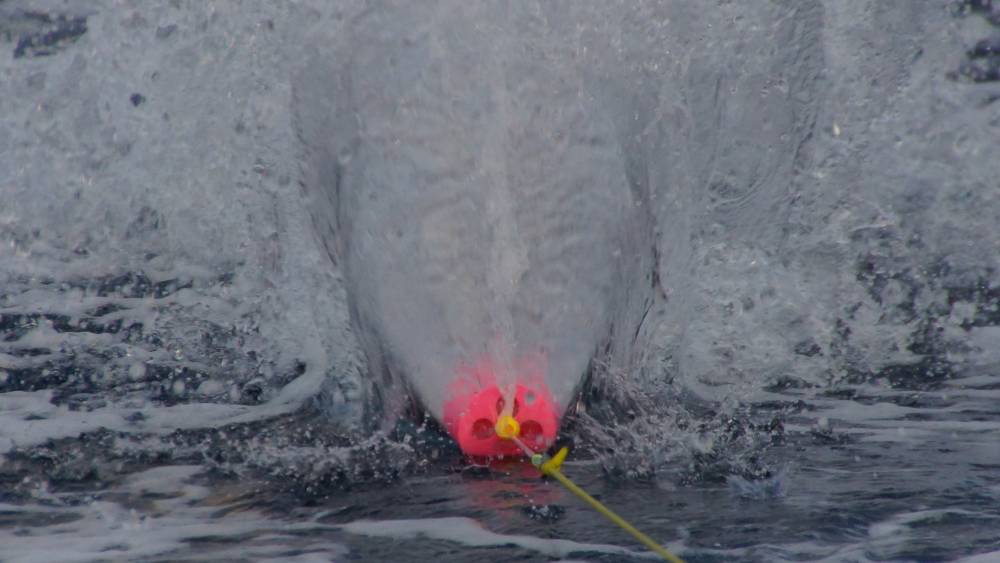
Trolling Patterns
Once your trolling spread is set and you're on your way to a days trolling, you need to think about the type of trolling pattern. The types of patterns you can do are Circle trolling pattern, Clover trolling pattern, Box trolling pattern, Eight trolling pattern, Pattern trolling, Spiral trolling pattern, U Turn trolling pattern and the Zig Zag trolling pattern.


